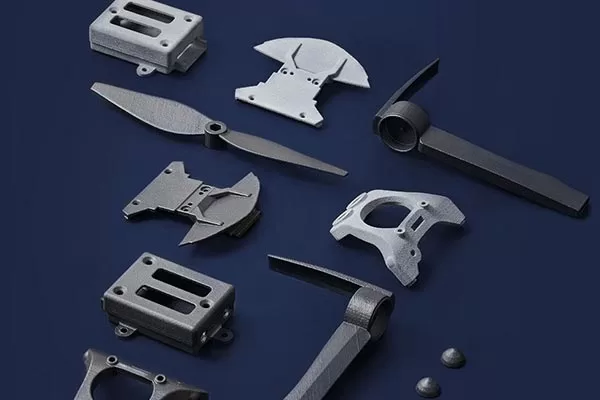Product development is a critical process for many companies. It is the reason why these organizations are looking into different ways to make the product development process more efficient. This put into the spotlight the role that rapid prototyping plays in product development.
Rapid prototyping plays a key role in getting the design phase verified. This is a critical stage because what exists as an idea will be brought physically into the world. Aside from its role in the initial stage, it will also have applications in the last stages, like testing and examination.
This article will explore the importance of rapid prototyping in product development and how it has evolved to what it is today.

Prototyping parts
The Role of Prototypes
Rapid prototyping is the first step in the product’s journey to market. It reveals the unforeseen challenges, hidden obstacles, and the look and feel of the part. Prototypes satisfy the demand for a 3D model to show to the stakeholders or when seeking the approval of the management.
One of the main reasons why prototyping is vital is to test if a certain idea works. It also answers the question if the design passes the requirements. Other than the feasibility of the design, you can also use the prototype for product evaluation and check for the necessary improvements needed. Having a prototype will also allow you to test the market and get their feedback on the product that you want to launch.
Prototypes are made to serve two purposes: form and function. You are making a prototype to see how it looks and feels. That is only the initial step. You also need to see if the product functions. Some designs are composed of multiple parts, and with a prototype, you will know if the product will function properly if they are formed together.
Rapid Prototyping Techniques
In the past, the conventional method used in creating a prototype is using wood, clay, or other materials to create a mock-up. Others resort to fabrications or using wires and dock tapes. The prototyping process was made more convenient with the introduction of 3D printing, CNC machining, SLS, SLA, and other production techniques.
The mock-ups represent the visualization part of prototyping to show the shape and dimensions of the design. The fabricated prototypes, on the other hand, is to show its functional versions. Although these prototypes may not look like the final product, it still gives the designers and product developers a chance to check the function of their design.
CNC machining is an evolving rapid prototyping technique. It is used not only with metals but with plastics too. The main advantage of using CNC is it allows the testing of the integrity and strength of the parts. CNC can also be combined with other fabrication processes like gluing and welding.
There are many options for rapid prototyping, but the most convenient are those that make 3D parts out of CAD files. It provides the speed, accuracy, and flexibility that is needed in product development.
